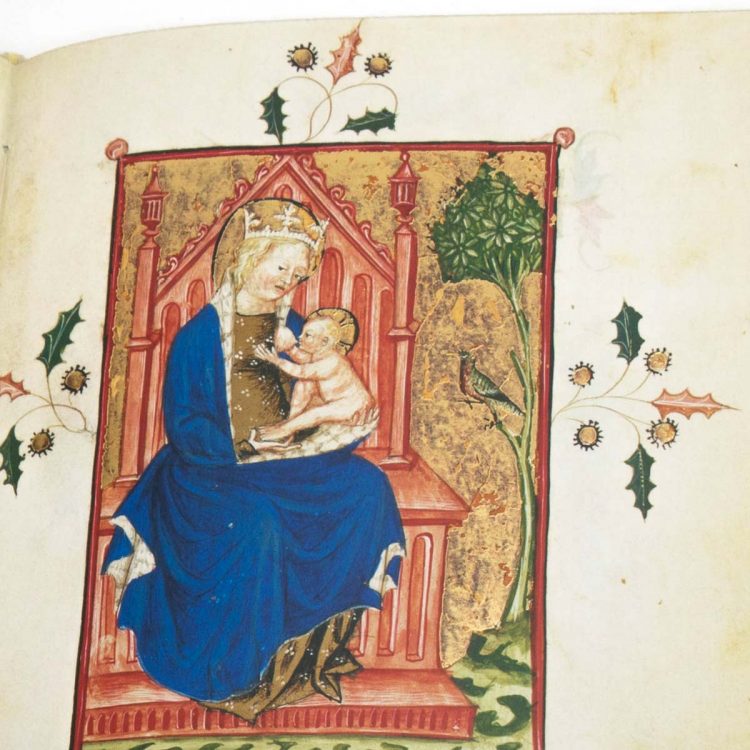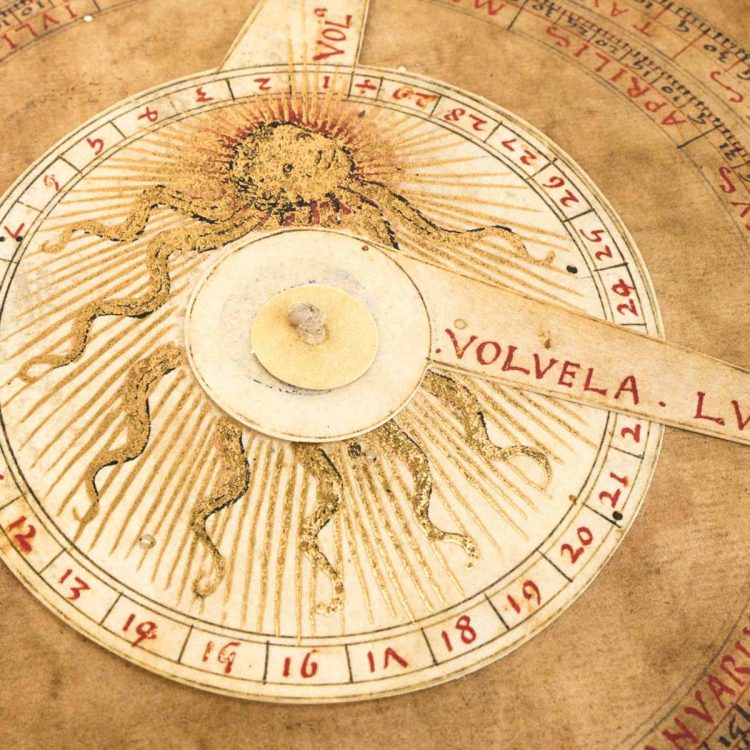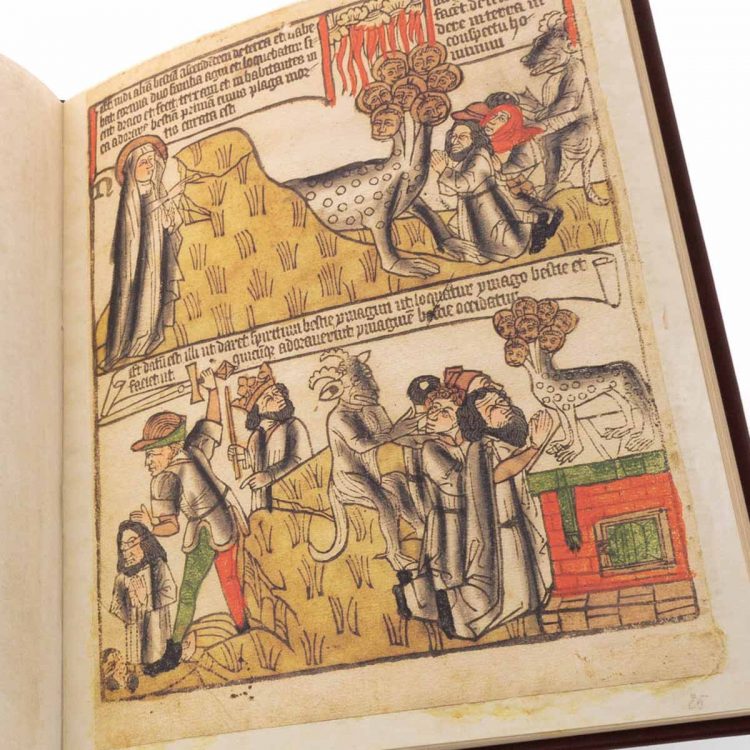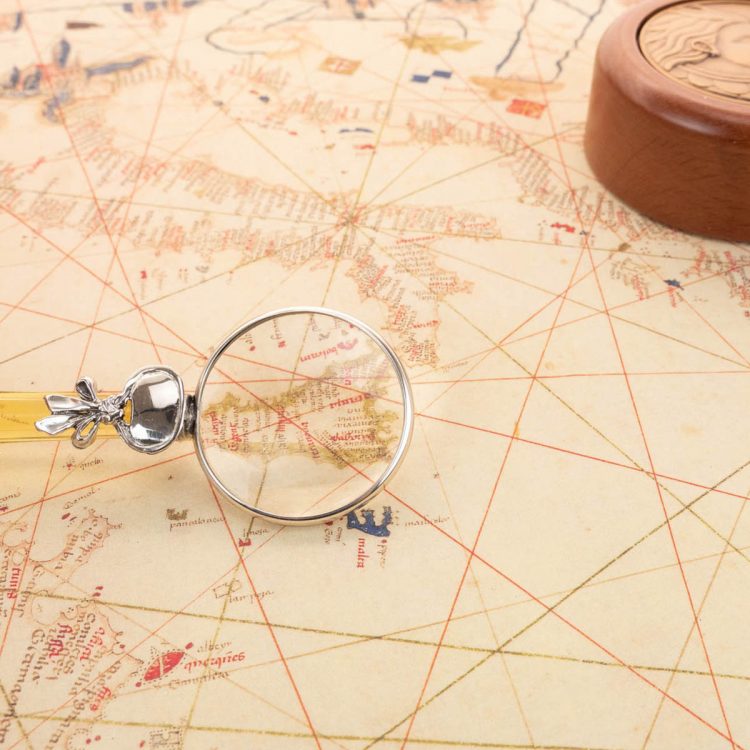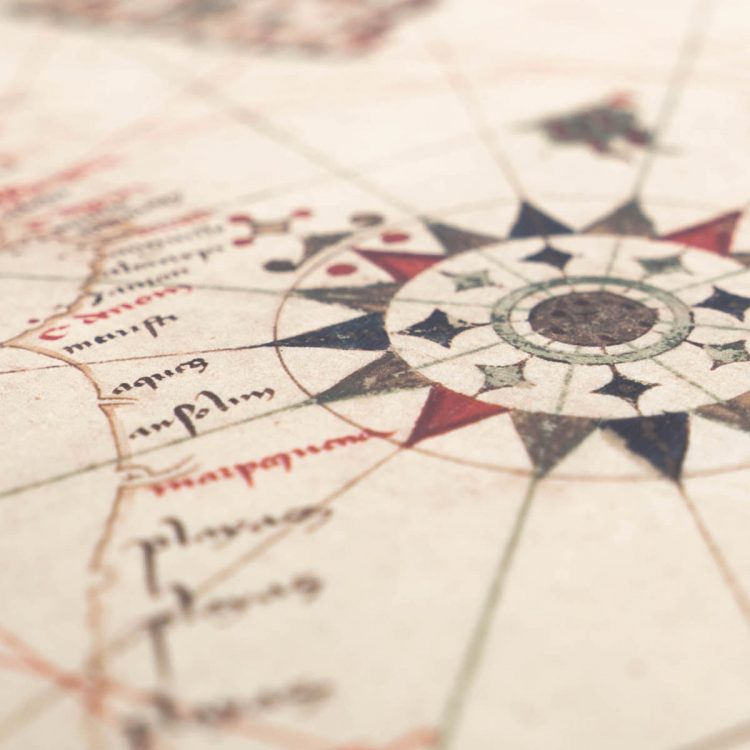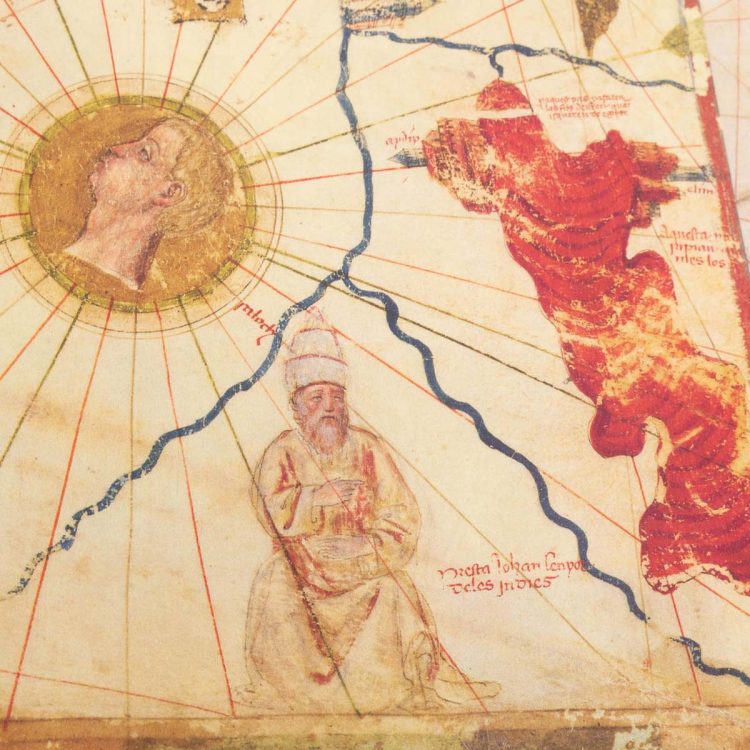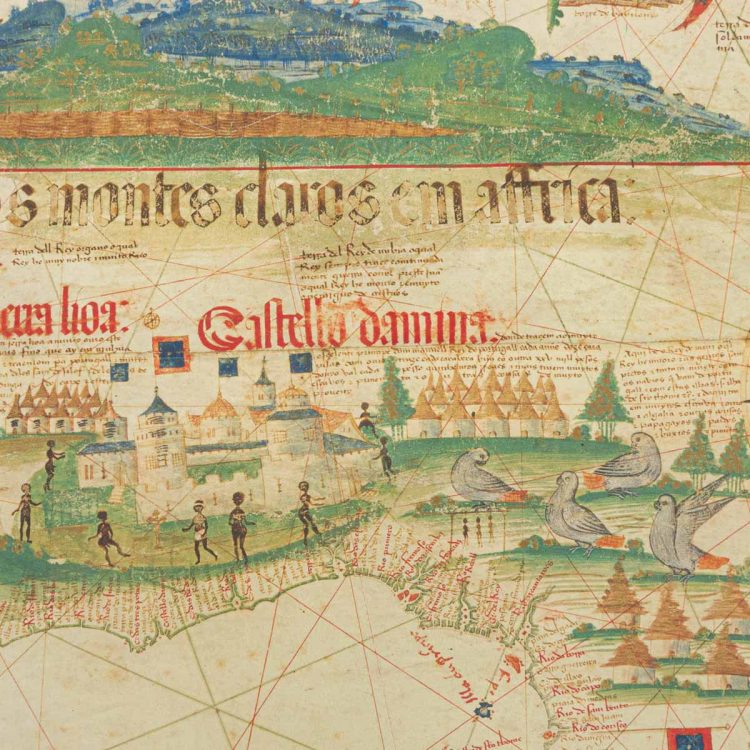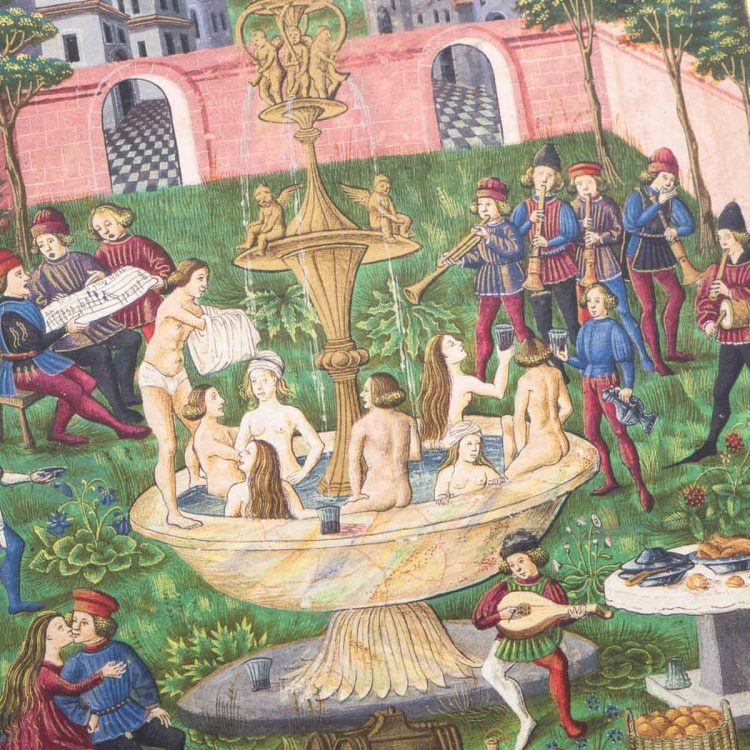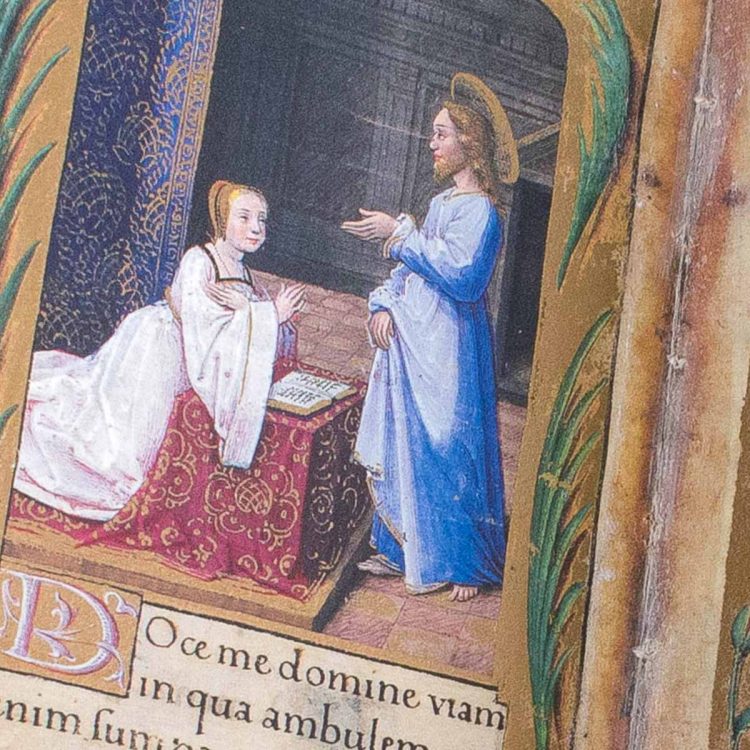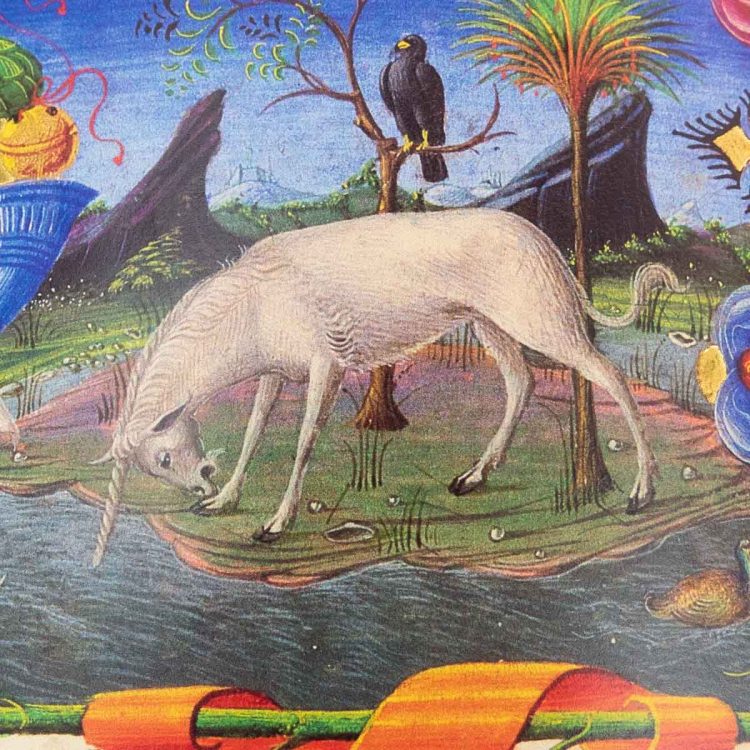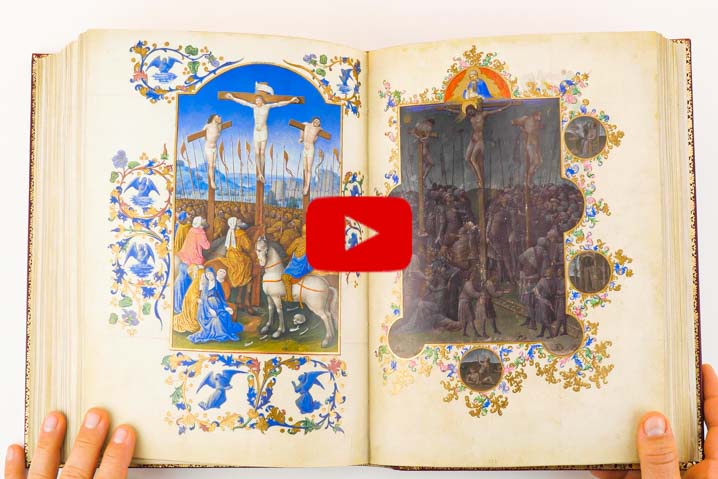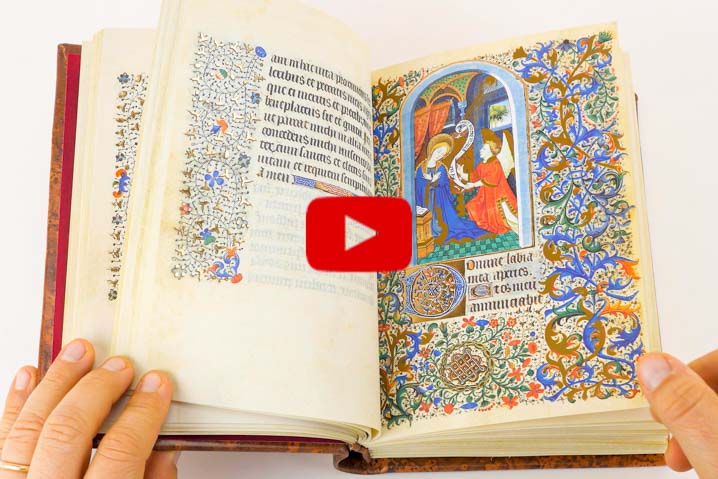Do you miss traveling and visiting museums? Don’t worry, the Gallerie Estensi in Modena didn’t forget about its international visitors and officially launched a “Digital Library” to make its manuscripts available for everyone! (Guest post by Bianca Raimondi, who did her internship at FacsimileFinder in the summer of 2020)
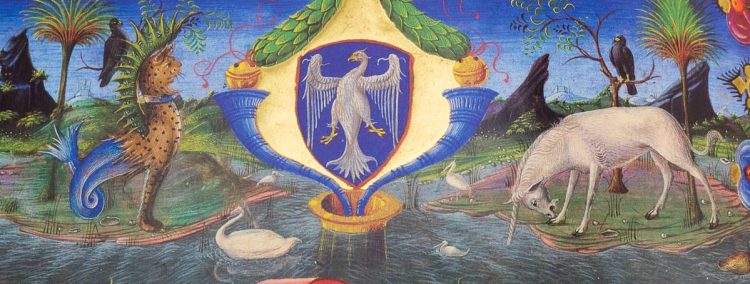
I think we can all agree that 2020 is not the best year to travel around the world; Covid-19 forbade us to do even the simplest things and for this reason, the most distressed sector is probably tourism. However, we have some great news for all of you “literature lovers”!
In the last four years, the Gallerie Estensi in Modena, northern Italy, joined a digitalization project on their new platform called “Estense Digital Library”, where around 15.000 of its masterpieces have already been published.
From manuscripts to printed books, to letters and maps, this platform allows you to browse, zoom in, and take notes on the digital version of books conserved in its physical library. Thanks to this new option, you can “visit” Modena’s museum from wherever you are in the world.
To give you a better idea of which gems you can find in the “Estense Digital Library”, here’s a list of those we collected for you.
Master of Modena Hours
Made in: 1390, probably Milan (Italy)
Commissioned by: Balzarino de Pusterla
Artist: Tomasino da Vimercate (Giovannino de’ Grassi’s workshop)
Illuminations: 2500 illuminated initials, of which 1350 in gold leaf, 532 larger and gilt initials, and 300 end page marks
You’ll love it because of its beautifully illuminated scenes from the life of Jesus and the Virgin Mary
Facsimile edition by Il Bulino
Liber Physiognomiae
Made in: ca. 1440, Padua and/or Ferrara (Italy)
Commissioned by: probably Leonello d’Este
Artist: an artist from the Pisanello school
Illuminations: watercolored figures
You’ll love it because you’ll be able to calculate the position of the sun and the moon as people did in the Renaissance, thanks to a volvelle
Facsimile edition by Il Bulino
Apocalypsis Johannis
Made in: around 1460, German area
Format: xylographic book with hand-colored images
Artist: probably Flemish school, early 1400s
You’ll love it because it resembles a Renaissance comic book, indeed its captions are arranged within the images
Facsimile edition by Il Bulino
Portulan C.G.A.5.b
Made in: 1450-1460, Majorca (Spain)
Artist: although the map is unsigned, it is commonly attributed to the cartographer Petrus Roselli
Illuminations: they show the Mediterranean basin and the Atlantic Ocean from Norway to Morocco.
You’ll love it because it unites real and imaginary geographies, which was common in early modern mapmaking
Facsimile edition by Il Bulino
Portulan C.G.A.5.c
The date of production and author are still uncertain. However, it’s commonly accepted that it is a Portuguese map probably made around 1471-1482
Illuminations: made on a single piece of parchment and show the Portuguese discoveries of African coasts
You’ll love it because it is one of the most ancient documents of Portuguese nautical cartography
Facsimile edition by Il Bulino
Portulan C.G.A.5.d
Made in: presumably 1450, Majorca (Spain)
Illuminations: they show the whole basin of Mediterranean, the coast of the Atlantic, part of central Europe, and North Africa. The chart also includes rich artistic decoration with various flags and coat of arms.
Did you know? Portulans were nautical maps; the most lavishly decorated charts, like this one, were produced for collection and display by nobles for their enjoyment as pieces of art.
Facsimile edition by Il Bulino
Castiglioni World Map
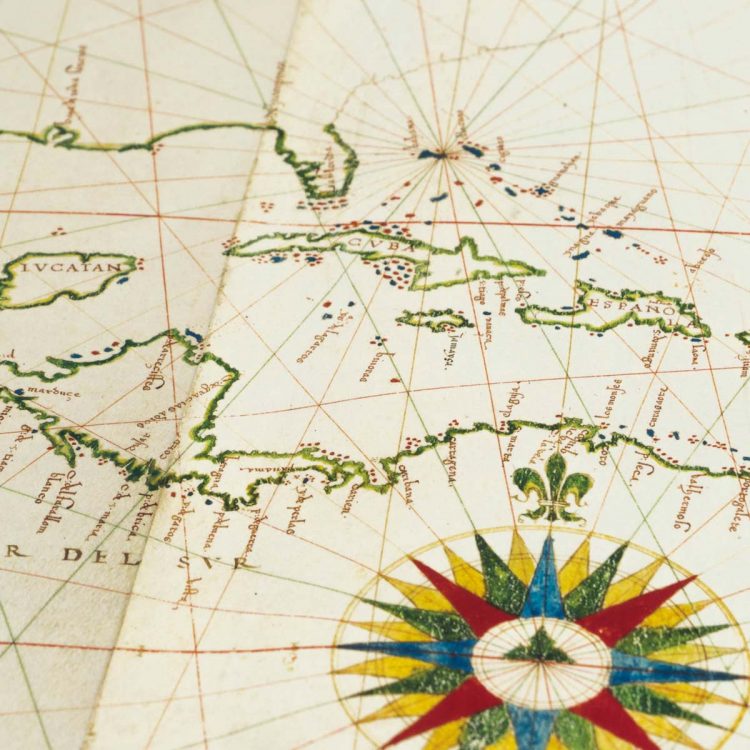
Made in: 1525, Spain
Commissioned by: Emperor Charles V
Artist: presumably made by Diego Ribeiro
Illuminations: several wind roses, a large circular table of declinations representing zodiacal signs, and the months of the year.
You’ll love it because the map reflects the political and geographical situation of the first decades after the discovery of America
Facsimile edition by Il Bulino
Cantino’s Map
Made in: 1502, Lisbon (Portugal)
Commissioned by: Alberto Cantino
Illuminations: three pieces of hand-drawn parchment, written in a red-black gothic script
You’ll love it because it reflects its time, showing the Portuguese discoveries of the sixteenth century and the divisions resulting from the Treaty of Tordesillas, signed in 1494.
Facsimile edition by Il Bulino
De Sphaera
Made in: around 1470, presumably in Milan
Commissioned by: possibly Francesco Sforza, Duke of Milan, and his wife Bianca Maria Visconti
Artist: Cristoforo de Predis
Illuminations: 15 lavish full-page miniatures
You’ll love it because it’s a Renaissance astronomical book which provides an insight into diverse aspects of 15th-century everyday life, in context with the main topic of the book, the planets
Facsimile editions by Il Bulino, M. Moleiro Editor, and Faksimile Verlag
Petites Prières of Renée de France
Made in: Paris around the year 1517
Commissioned by: Renée de France
Artist: probably Maître de Claude de France
You’ll love it because it’s a masterly painted prayer book where the princess herself is portrayed in five of the miniatures
Did you know that when Renée de France moved to Ferrara in 1560 all of her books were burnt by the Inquisition?
Only a few catholic prayer books escaped the fire, among them our Flowers Prayer Book
Facsimile editions by Il Bulino, Faksimile Verlag, and ArtCodex
Bible of Borso d’Este
Made in the third quarter of the 15th century, in Ferrara or Modena (Italy)
Commissioned by: Borso d’Este, Duke of Modena and Reggio Emilia
Artists: Taddeo Crivelli, Franco Rossi, Giorgio d’Alemagna, Marco di Giovanni dell’Avogaro, Girolamo da Cremona
Illuminations: countless miniatures, enriched by floral decorations and golden frames
You’ll love it because some of the allegories presented in the Bible can give you a hint about the agricultural and political achievements of the Duke, like for example the Unicorn, which refers to his successful land reclamation project
Did you know that the Duke’s favorite pastime was hunting? He owned a vast collection of wild animals, many of which are represented in his Bible and hold particular symbolic meanings
Facsimile edition by Franco Cosimo Panini Editore
NEW WEEKLY VIDEOS
Find out more about Les Très Riches Heures of the Duke of Berry (Chantilly, Musée Condé) on our website!
Find out more about the Book of Hours of the Weaving Virgin (Madrid, Museo de la Fundación Lázaro Galdiano) on our website!


